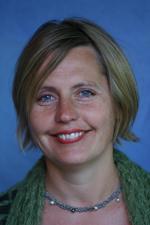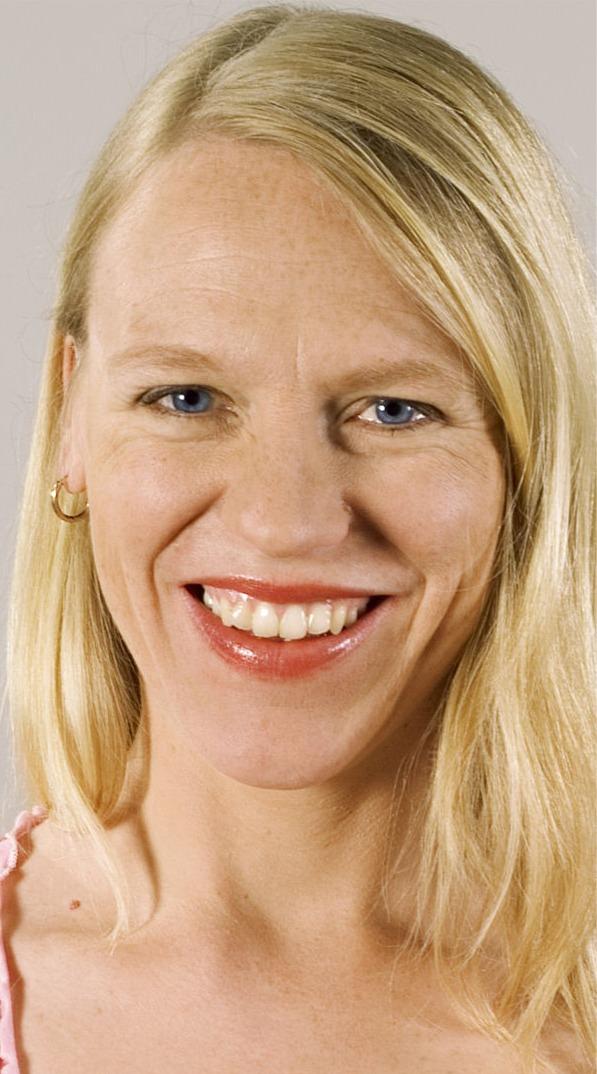
That Sweden has more women in its parliament than Norway is perhaps not so surprising. Sweden has passed the 40 per cent mark, and after the election of 2002 women constitute 45 per cent of its MPs. But it’s perhaps a little surprising that it’s Rwanda that tops the international league table for female parliamentary representation. In this hard pressed African country, 49 per cent of the parliamentary seats are occupied by women.
Lenita Freidenvall at Stockholm University discusses this in a research report she has written for the Swedish Gender Equality Survey.
A fast track
Freidenvall, who is working on a research project on the use of quotas, points out that Rwanda is one of several countries that has in recent years introduced gender quotas in national elections. Other countries that have also done so include Argentina, South Africa and Costa Rica. In all of these cases the result is a big increase in female representation in parliament. In Costa Rica female parliamentary representation increased from 19 to 35 per cent overnight. In South Africa women took 30 per cent of the seats after the country’s first democratic election.
The “fast track model” is what Freidenvall calls this method of improving the gender balance. – The introduction of quotas can be seen as an expression of women’s lack of patience and a desire for quick results, she writes.
The Nordic countries have relied on the passage of time
Freidenvall points out that the Nordic countries have not taken the same “fast track”.
– If we study how female representation in the Nordic countries has evolved, we can see that it took 70-80 years from when women gained the franchise to when women achieved 30-40 per cent of parliamentary seats, writes the political scientist.
– The quotas that have been introduced in Sweden and the other Nordic countries have been introduced within political parties on a voluntary basis. These quotas are not written into the constitution or electoral law, such as they are in other countries, Freidenvall says.
– The recent adoption of quota legislation by countries that Norway and the other Nordic countries don’t normally measure themselves against on gender equality issues, disturbs the idea we have of the uniqueness of the quota rules we have here in our country, says Mari Teigen, at the Institute for Social Research. For several years she has been studying gender quotas and the work of the “Makt- og demokratiutredningens eliteundersøkelse” (Power and Democracy report’s survey of the Norwegian elite). – This shows that in countries that are building new democratic processes it is actually possible to achieve results using arguments about the importance of a gender balance and the use of quotas as a tool to achieve it, she says.
Yes to quotas in business and industry – but not in politics
Arguments for writing quotas into the constitution and electoral law in Norway have been unsuccessful. Teigen refers us to the various approaches Norwegian political parties have taken to quotas in politics contrasted to their approach to the private sector. - If to have an even balance of the sexes is a norm, something most political parties are arguing for, then it is difficult to understand why quotas are an acceptable tool in company board rooms but not in politics, she points out. As an example, the Conservative Party of Norway supports quotas on company boards, but is against quotas in its own organisation. Not having quotas in its own organisation is a position it shares only with the Progress Party.

In her article Lenita Freidenvall points out that most Norwegian political parties do have gender quotas, while in Sweden only about half of the parties have introduced the measure. Nevertheless, Sweden is approaching 50 per cent female representation in parliament. Why?
– This is partly due to one of Norway’s largest political parties, the Progress Party. It does not have quotas, and its parliamentary group is dominated by men. However, this also reflects the Swedish tendency to alternate men and women when drawing up the candidate lists, irrespective of formal quota provisions, says Mari Teigen.
Different priorities
Does it matter whether it is women or men who are elected? Well, there is at least some difference between men and women’s priorities on concrete issues. Surveys in both Norway and Sweden have confirmed this. This is the case among voters, and it appears to be so among politicians too. Lena Wägnerud, a reader in Political Science at Göteborg University in Sweden, has investigated which committees male and female members of parliament sit on in the Swedish parliament. She found that women were over-represented on the Committee for Social Welfare, while men were over-represented within economic and technical committees. There is, however, a tendency for these differences to even out over time.
Permanently under 40 per cent
Will the gender balance in the Norwegian Storting even itself out after the autumn’s election? – Over the last 15 years, the percentage of women in the Storting has remained steady at around 37 per cent. The changes from one election to the next have been small, says Mari Teigen. – Meanwhile Norway and Scandinavia as a whole have gained a reputation for gender equality in political representation. The impression is that most politicians are happy with the current situation. And it’s true that a great deal has happened in the last 3-4 decades. But Norwegian politics is not equal.
Gender unawareness
The Storting is not gender equal. Neither is local government. After the local elections in 2003, the average participation of women on local councils was 35 per cent. In the recently published book "Lokalvalg og lokalt folkestyre" (Local elections and local democracy), Ottar Hellevik and Johannes Bergh point out that the actual votes cast by the electors, the total of votes added up for all candidates in the 2003 local elections, would actually lead to a reduction in women’s representation in local government. In contrast to this, local election surveys from 2003 show that 53 per cent of voters are of the opinion that women’s participation should be greater, while only 2 per cent are of the opinion that women’s participation should be less.

– Several studies have concluded that the negative effect of voting for individual candidates on the number of women representatives is most probably an unexpected consequence of the fact that male candidates, more often than female candidates, have qualities that voters who choose individual candidates focus on, Hellevik and Bergh write. In their opinion it is important to differentiate between the motives of the electors voting for individual candidates and the consequences the actual voting has for the ratio of women in local government.
– Gender unawareness, is what Mari Teigen calls this phenomenon. She believes that it is this tendency that is at work in the parties’ nomination processes for the parliamentary elections.
The first candidate is a man
Who the first candidate is on party lists in the various counties can be an indicator of how aware the parties are of the principle of gender balance. What is the current situation before this year’s general election? A quick survey based upon the websites of the various parties shows that SV ( Socialist Left Party of Norway) has nearly achieved a gender balance, with women taking 8 first candidate places out of a total of 19. The Norwegian Labour Party, however, has a long way to go – only 4 first candidates out of 19 are women. They do manage to beat the Conservative Part of Norway, however, which without any quota system in place has three female first candidates on their lists, of which one is the party’s leader, Erna Solberg.
Mari Teigen believes that generally speaking it is more difficult for a woman to gain support for a top job than it is for a man. It is likely that SV is an exception because of its voter base, which is made up of many more women than men – and that the party, in recent years, has earbed much credibility on issues that women consider important.
50 per cent in government?
So, the question remains of what will happen if Norway soon gets a Red-Green government. From a women’s politics point of view, the Labour Party has signalled that next time it forms a government it should be comprised of 50% of each sex.

Women have made up half of the Swedish government since the social democrat Ingvar Carlsson formed his government in 1994. – Developments indicate that each new government sets a minimum standard for the number of women. A minimum standard that later governments cannot go under without losing some of their legitimacy, Lenita Freidenvall points out.
So, time will tell us whether the Norwegian government becomes as well gender balanced as the Swedish one.
Translated by Matthew Whiting KILDEN
